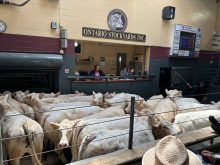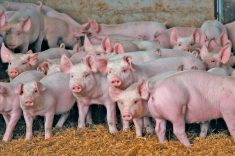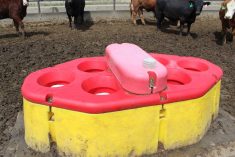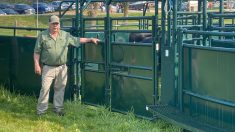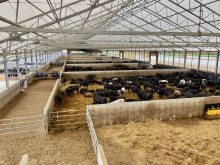The Van Osch Family were presented with the Beef Farmers of Ontario’s Environmental Stewardship Award (TESA) in Toronto Feb. 19.
The award, sponsored by RBC Royal Bank, recognizes beef producers who demonstrate exceptional dedication to environmentally sustainable farming.
Fred, Gerald, Brendon and Kurt Van Osch operate an 11,500-head capacity feedlot in Middlesex County that is certified with the Canadian Roundtable for Sustainable Beef through the Ontario Corn Fed Beef Quality Assurance program.
Read Also
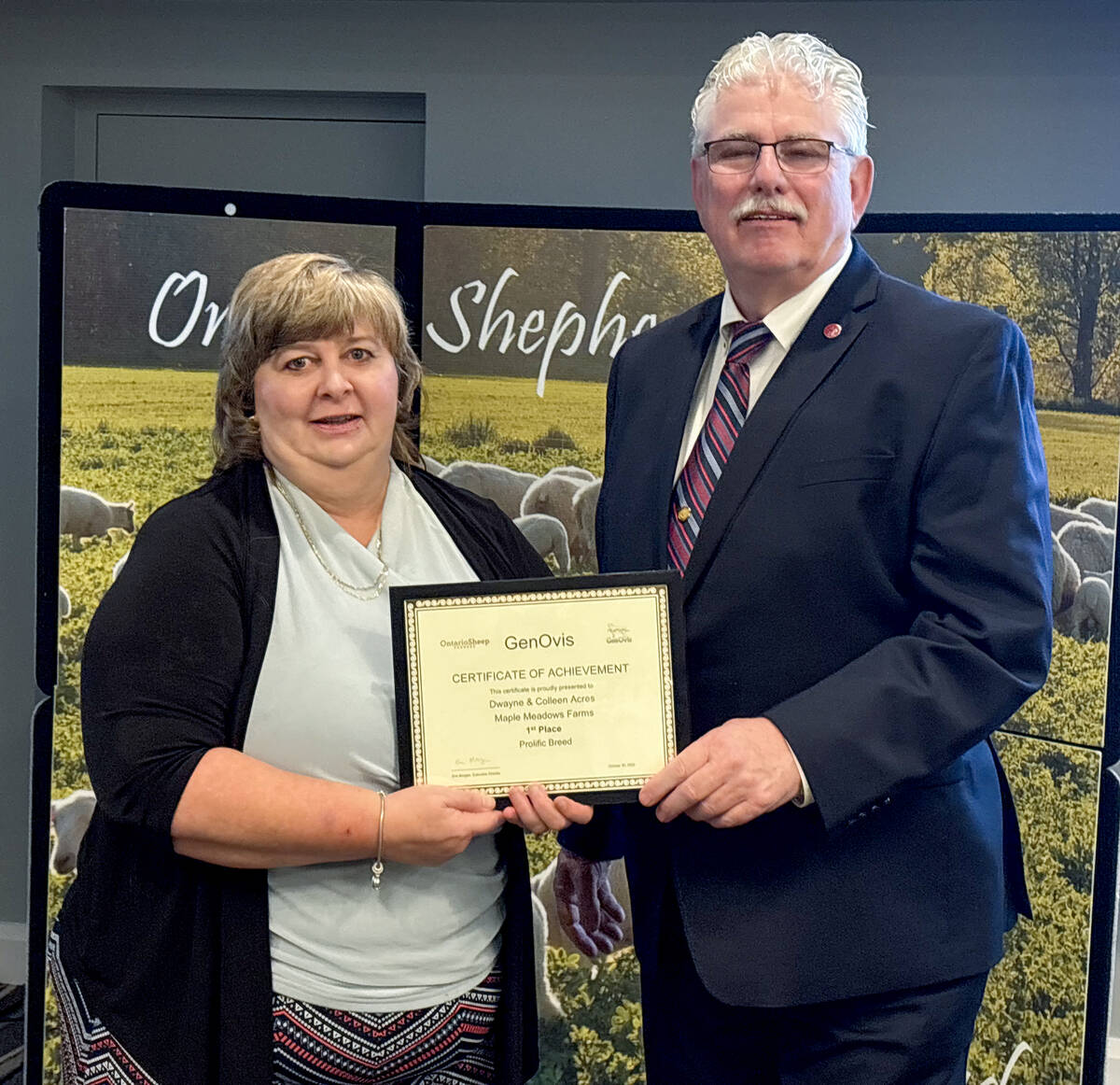
GenOvis awards presented at Ontario Sheep Farmers’ annual meeting
Producers and youth were recognized for their contributions during the Ontario Sheep Farmers’ annual GenOvis and leadership awards.
Dedicated to improving cattle performance and efficiency, the Van Oschs updated their barn to include natural light and ventilation. They integrated recirculating water bowls and solar-powered cameras to monitor feed bunks, minimize feed waste and eliminate hydro use. To reduce food waste and to keep by-products out of landfills, they’ve added by-product ingredients to 40 per cent of their feed ration.
“As our family continues to grow, it’s our goal to ensure the farm remains sustainable for the future generation. The viability of our farm is dependent on the productivity of our land,” said Brendon Van Osch. “We are always looking for ways to do things more efficiently, and we are committed to continuous improvement.”
The family is proud of their environmental farm plan, which includes land testing to determine nutrient levels for applying cattle manure where it’s most beneficial and implementing variable-rate spreading applications on crops. The farm’s solar panels generate enough energy to power 80 local households annually and offset 924 tons of carbon dioxide emissions. Additionally, they worked with the Ausable Bayfield Conservation Authority (ABCA) to plant more than 1,000 trees and establish multi-species perimeter shelterbelts at two of their large barns and a naturalized buffer around wetlands.
The shelter areas have increased habitat for many wildlife species, including deer, coyotes, rabbits and birds.
“We know that the most productive land is the land that has something alive on it,” Van Osch said. “This is why we utilize cover crops between our regular cropping seasons to feed our second most important livestock – the critters that call our soil home.”







